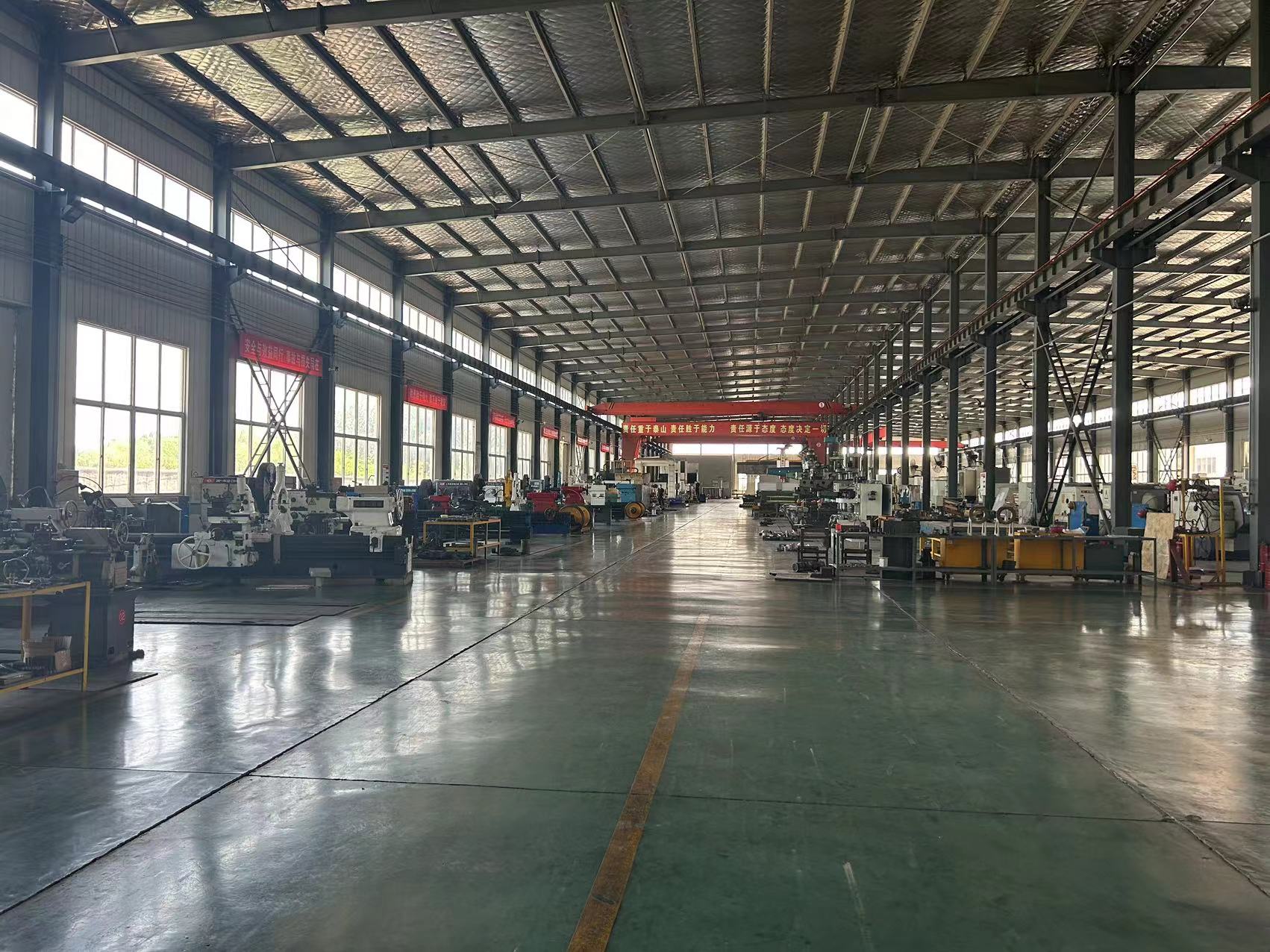Stainless steel precision casting, also known as investment casting or silica sol process, is a kind of casting process with little or no cutting. It is an excellent process technology in the casting industry. It is widely used, not only for casting various types and alloys, but also to produce castings with higher dimensional accuracy and surface quality than other casting methods. What is the process flow of stainless steel investment casting?
Make molds according to products of different shapes. The mold is divided into an upper and lower concave mold, which is completed by turning, planning, milling, etching, electric spark, and other comprehensive processes. The shape and size of the pit shall be consistent with half of the product.
A large number of industrial wax solid core models are produced by using aluminum alloy dies. Under normal circumstances, one industrial wax solid-core model can only correspond to one blank product.
The allowance around the wax mold shall be refined, and after deburring, multiple single wax molds shall be stuck to the pre-prepared mold head (also known as tree formation), which is also an industrial wax solid core model produced by wax mold.
Apply industrial glue to several wax molds fixed on the mold head and spray the first layer of fine sand evenly. The sand particles are very small and fine, to ensure that the final blank surface is as smooth as possible.
The wax mold sprayed with the first layer of fine sand is allowed to air dry naturally at the set room temperature (or constant temperature), but the shape change of the internal wax mold cannot be affected. The time of natural air drying depends on the complexity of the product itself.
Generally, the first air drying time of investment castings is about 5-8 hours.
After the first sand spraying and natural air drying, continue to apply industrial glue (silica slurry) on the surface of the wax mold, and spray the second layer of sand. The particle size of the second layer of sand is larger and coarser than that of the previous first layer of sand. After spraying the second layer of sand, let the wax mold dry naturally at the set constant temperature.
After the second sandblasting and natural air drying, the third sandblasting, the fourth sandblasting and the fifth sand blasting shall be carried out in sequence. Generally, the production cycle of a complete wax mold sanding is about 3-4 days.
Before the baking process, the wax mold that has completed the sandblasting process shall be evenly coated with a layer of white industrial latex (silica slurry) to bond and solidify the sand mold and seal the wax mold, to prepare for the next baking process. At the same time, after the baking process, the brittleness of the sand mold can be improved, so that the sand layer can be easily broken and the blank can be taken out.
In the baking process, the wax mold is fixed on the mold head and completed the sandblasting and air-drying process is put into a metal-enclosed special oven for heating (usually a kerosene-burning steam furnace). As the melting point of industrial wax is not high, and the temperature is about 150 ° C, a wax mold is heated and melted to form wax water flowing out along the gate, which is called dewaxing. The wax mold after wax removal is just an empty sand shell. The key to investment casting is to use this empty sand shell.
To make the dewaxed sand shell more solid and stable, the sand shell must be baked before pouring stainless steel water, usually in a high temperature (about 1000 ℃) stove.
Pour the stainless steel water that has been dissolved into liquid at a high temperature into the dewaxed sand shell, and the liquid stainless steel water fills the space for wax mold forming until it is filled, including the mold head in the middle.
As the materials of different components will be mixed in the boiler dissolving stainless steel, the factory must detect the material percentage, and then release it according to the required proportion, such as adding those elements to achieve the desired effect.
After the liquid stainless steel water is cooled and solidified, the outermost sand shell is broken with the help of mechanical tools or manpower. The exposed solid stainless steel products are the original wax mold shape, which is the final required blank. Then cut, separate and rough grind one by one to form a single blank.
Inspection of blanks: blanks with sand holes and air holes on the surface must be repaired by argon arc welding, and those with serious defects must be returned to the furnace after cleaning.
Blank cleaning: the qualified blank must go through the cleaning process.
Carry out other processes until the finished product.




